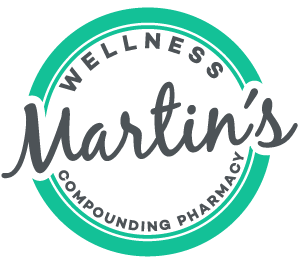Allergies in Austin: Tips for Living in the Allergy Capital of the World
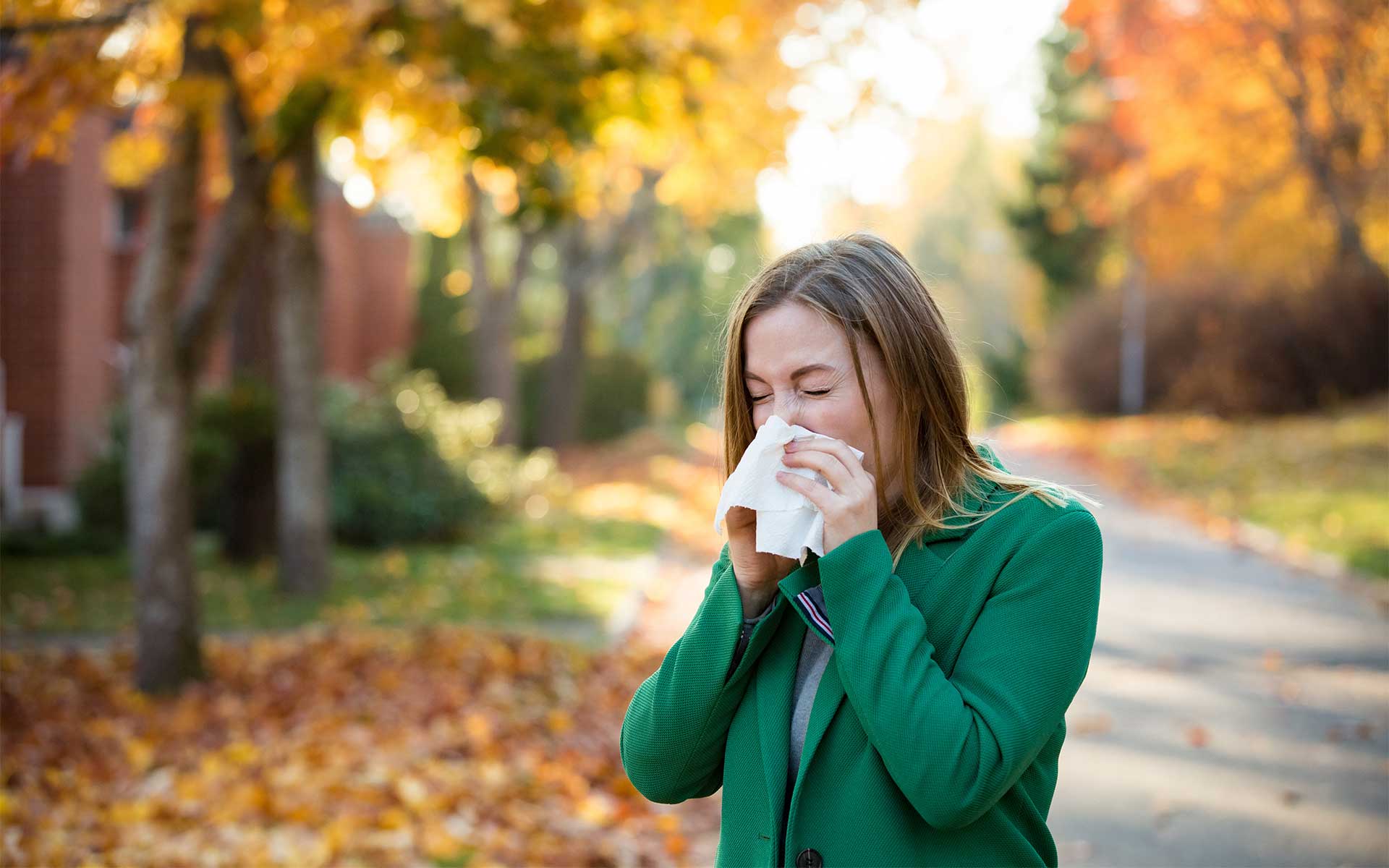
2024 is around the corner, which means we are in the thick of the fall allergy season with Cedar Fever just around the corner. Take it from Native Austinies, these can be rough months battling the Central Texas myriad of allergens, but with the right daily practices and treatments, 2024 can be the year you finally get relief from the Allergy Capital of the World.
Here’s your allergy survival guide for 2024!
Causes of Seasonal Allergies in Austin
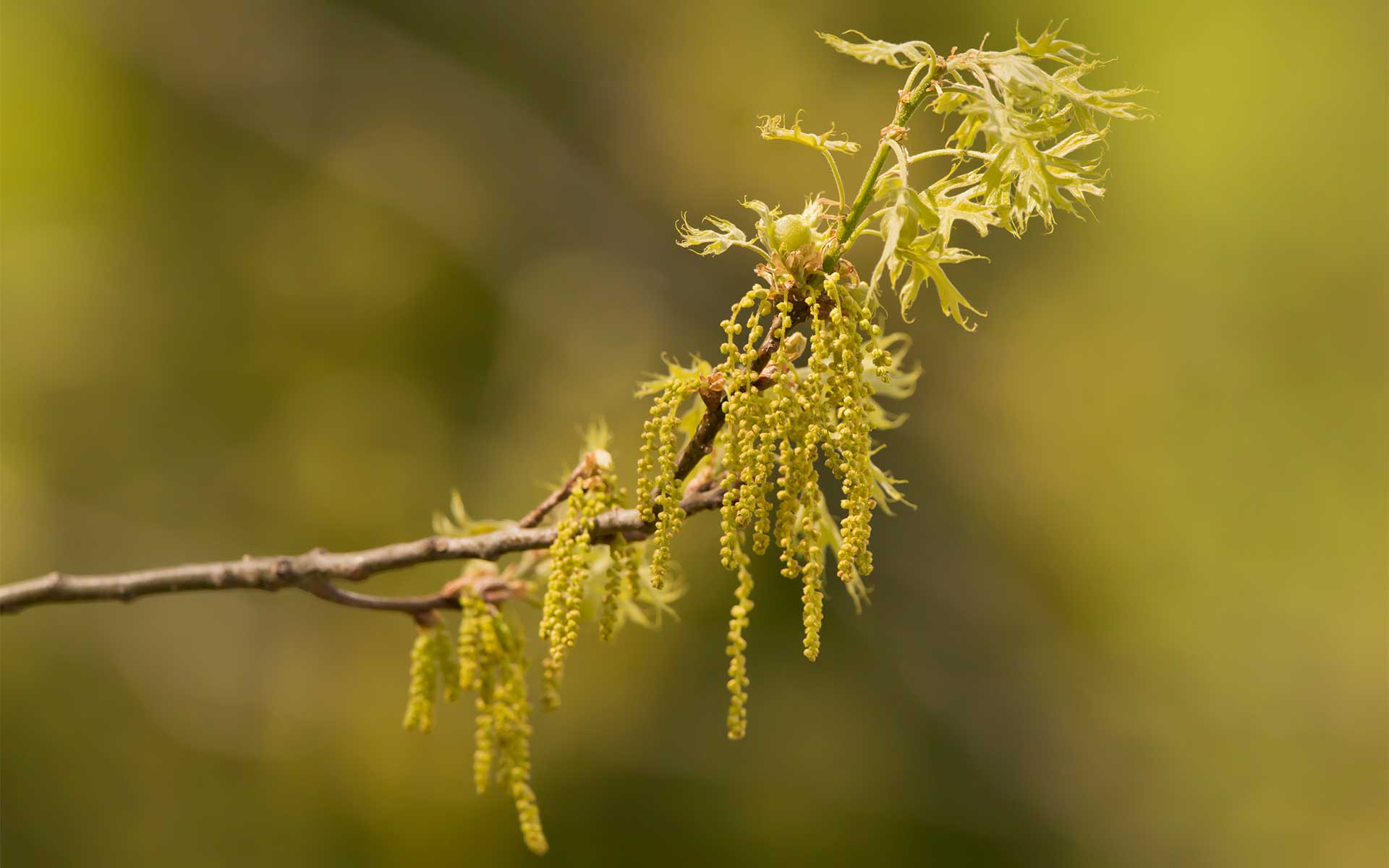

Living in Austin, Texas grants you the opportunity to immerse yourself in blooming trees, vibrant flowers, and flourishing green landscapes. However, alongside this beauty, comes the drawback of seasonal allergies that predominantly affect the sinuses. Austin, known for its vibrant music scene and warm weather, becomes a battleground for allergy sufferers as pollen from oak, cedar, and grass fills the air, triggering symptoms such as sneezing, watery eyes, and congestion.
Key Tips:
- • Change your Air Filter and vacuum often
- • Time your outdoor excursions around allergy season, and shower when you return home
- • Work with your Pharmacists to find the right combination of allergy treatments for your symptoms
Pollen is one of the primary instigators of seasonal allergies in Austin. Various plants disperse pollen into the air during their respective pollination seasons. Central Texas is notorious for its cedar pollen, which typically reaches its peak from January to early February, triggering allergic reactions like sneezing, itching, and nasal congestion for many individuals.
Subscribing to allergy alerts can deliver timely information that helps adults and children alike prepare for potential triggers and take necessary precautions. Alongside the traditional pollen allergies, Austin residents are also increasingly experiencing allergies to cedar pollen, which has become a significant concern in the area.
It is worth noting that allergy triggers can differ among individuals. Certain individuals may exhibit heightened sensitivity to specific types of pollen or other environmental elements compared to others.
Impact of Airborne Allergens
When allergens like pollen saturate the air in Austin, individuals who are susceptible to seasonal allergies often experience negative effects. Airborne allergens possess the ability to agitate and elicit reactions within the respiratory system, resulting in discomfort and various symptoms.
Typical indications of seasonal allergies caused by airborne allergens encompass sneezing, a runny or congested nose, itchy or watery eyes, coughing, and wheezing. These symptoms can significantly impact a person's overall well-being, impeding their ability to focus on daily tasks. It is crucial for both children and adults to possess accurate information on how to manage these symptoms.
To mitigate the impact of airborne allergens like those responsible for hay fever, it is important to adopt preventative measures. This could entail wearing a hat while outdoors to shield hair and skin from pollen and prevent facial reactions.
Avoiding specific outdoor pursuits during periods of heightened allergen levels can prevent exaggerated immune responses and symptoms such as swelling and histamine release.
Other Common Austin Allergy Triggers
Residing in Austin, Texas entails exposure to an array of allergens, ranging from cedar fever to mold and pollen. Due to the diverse climate and flora in Austin, individuals may experience allergies throughout the year, making it crucial to stay informed and take necessary precautions.
- Cedar Pollen: Central Texas is infamous for its cedar pollen, also known as mountain cedar. The cedar trees release large amounts of pollen during the winter months, particularly from December to February, causing the immune system to react and release histamine. This high pollen count can cause severe allergic reactions, leading to symptoms like sneezing, congestion, skin reactions, and itchy eyes.
- Oak pollen, pecan pollen, grass pollen, elm pollen, ash pollen, and ragweed pollen, all carry a hefty punch of allergenic products, any of which could be responsible for that unwanted hay fever or immune system reaction. Associated symptoms range from sneezing, watery eyes, itchy skin, or even swelling.
Dealing with seasonal allergies can be challenging, but there are numerous treatments and preventive measures available to help alleviate symptoms.
Coping with Austin Allergies: Treatments and Preventions
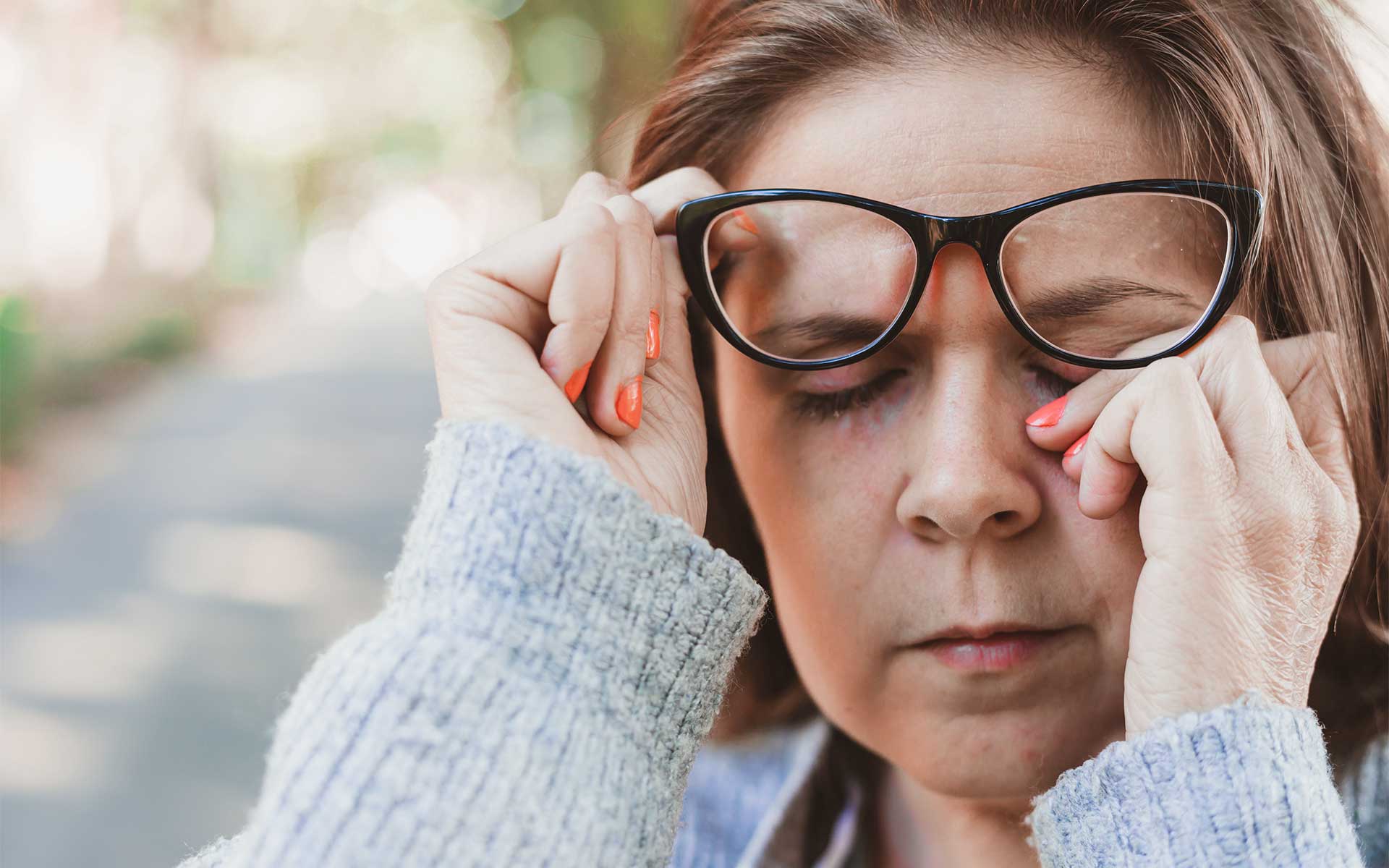

When it comes to managing seasonal allergies in Austin, there are various treatment options available, both conventional and alternative. It's important to remember that everyone will have different sensitivities to different allergens, so it's crucial to explore your options and determine what works best for you based on symptoms, personal preferences, and medical advice.
- • Medications: Over-the-counter antihistamine medications like Xyzal or Benadryl can provide temporary relief from allergy symptoms by blocking histamine, reducing swelling and skin reactions. However, it's advisable to consult with a healthcare professional for personalized recommendations.
- • Allergy Shots: For individuals with severe allergies, allergen immunotherapy—commonly known as allergy shots—can be an effective long-term treatment option. These shots can help condition the immune system to respond less severely to allergens, reducing symptoms over time.Important tests can be done to diagnose specific allergies. These shots gradually expose the body, including a child's, to small amounts of allergens, like those responsible for causing hives or even a food allergy, helping build tolerance over time.
- • Nasal Sprays: Nasal sprays containing corticosteroids can help reduce inflammation in the nasal passages and relieve symptoms like congestion and sneezing. These may require a prescription from your healthcare provider. Be sure to update your healthcare provider on any changes in symptoms so they can provide the most appropriate care.
- • Eye Drops: Over-the-counter or prescription eye drops can alleviate symptoms of itchy, red, or watery eyes caused by allergies. This can be of particular relief for the child suffering from an allergic reaction, especially a food allergy.
Environmental Controls: Implementing environmental controls at home can be beneficial, especially for your child's bedroom, in reducing exposure to allergens. This may include using air purifiers with HEPA filters, regularly cleaning carpets and upholstery, and keeping windows closed during high pollen days.
Personal Protective Measures: When venturing outdoors during peak allergy seasons, consider wearing sunglasses to protect your eyes and those of your child from pollen and using a hat to prevent pollen from settling on your hair and face. Changing clothes and showering when returning indoors can help remove any residual allergens.
Conventional and Alternative Treatments
Conventional treatments for Austin allergies typically involve over-the-counter antihistamines and nasal corticosteroids, while alternative treatments may include acupuncture, herbal remedies, and dietary changes.
Additionally, staying informed about local pollen counts and taking preventative measures, such as keeping windows closed and using air purifiers, can also help to minimize allergy symptoms in Austin.
Alternative treatments such as acupuncture, herbal remedies, and air purifiers are also popular among Austin residents seeking relief from their allergies. These natural remedies provide options for individuals who want to avoid relying solely on medications and are looking for more holistic approaches to managing their symptoms. Another option is incorporating local honey into your diet.
However, it is always recommended to consult with a healthcare professional before trying any alternative treatments, as they can provide personalized advice and ensure that any changes made are safe and effective.
Remember, each person will have their own sensitivities and allergy challenges in Austin, so talking with your doctor or Pharmacist about options to help get you through Austin's, seemingly, year-round allergy season can help find the perfect combination to find relief.
Specific Seasons and Allergen Triggers in Austin
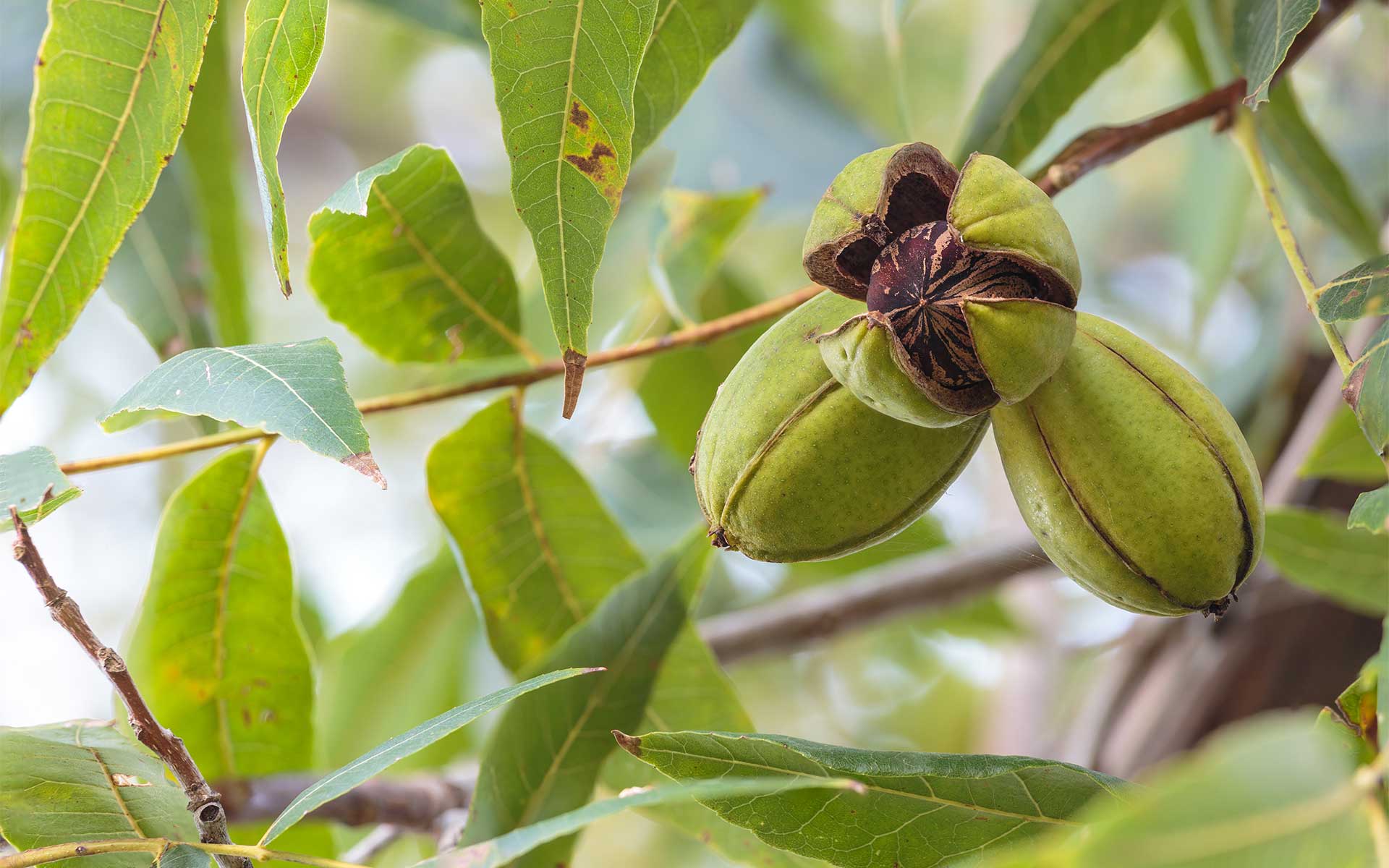

Think of Austin's allergy seasons as something like a relay race. Each season passes the baton to the next, triggering different allergen responses from trees in spring, grasses in summer, ragweed and mold spores in fall, and cedar and mold spores in winter.
- • Spring: Tree pollens (cedar, oak, ragweed)
- • Summer: Grass pollens (bermudagrass, Timothy grass)
- • Fall: Ragweed, mold spores
- • Winter: Cedar, mold spores
The results, unfortunately, are often uncomfortable allergy symptoms.
If spending time outdoors is unavoidable, consider wearing sunglasses to shield your eyes from airborne allergens. Wearing a hat or using an umbrella can provide some protection as well.
Changing your clothes and taking a shower when you come back inside can help remove any lingering pollen on your body or hair can also be a key difference-maker.
Maintaining good indoor air quality is another crucial aspect of reducing allergy symptoms. Regularly vacuuming and dusting your living space can minimize the presence of dust mites and pet dander - common indoor allergens.
Using high-efficiency particulate air (HEPA) filters in your vacuum cleaner and air purifiers can further enhance their effectiveness in trapping allergens.
Daily Practices to Reduce Allergies Impact


In addition to controlling exposure and improving indoor air quality, medication can also play a role in managing allergies. Oral antihistamines are commonly used for relieving itching, sneezing, and a runny nose.
Nasal sprays focus more on congestion and alleviating a runny nose. It's important to note that medication should be started a couple of weeks before the allergy season begins for optimal effectiveness.
Think of it like putting on sunscreen before stepping out into the sun – taking your allergy medicine in advance provides a layer of protection for your body against the allergens. As native Austinites, here are 10 daily practices to help minimize the allergy seasons impact on you.
- • Talk to your Pharmacist: Your local Pharmacist is armed with many over the counter options to help alleviate your symptoms. Unsurprisingly, if your Pharmacist lives in Austin they are likely dealing with allergies too, and will know how to help.
- • Check Daily Pollen Counts: Utilize local weather forecasts and allergy tracking websites to stay informed about daily pollen levels and plan outdoor activities accordingly.
- • Allergy-Proof Your Home: Use air purifiers with HEPA filters in your living spaces, particularly bedrooms, to reduce indoor allergens. Keep windows closed during high pollen days to prevent outdoor allergens from entering.
- • Implement Regular Cleaning Routines: Vacuum and dust your home frequently with a HEPA filter-equipped vacuum cleaner to minimize the presence of dust mites and pet dander.
- • Nasal Irrigation: Practice daily nasal irrigation with saline solution using a neti pot or squeeze bottle to flush out allergens from your nasal passages.
- • Shower After Outdoor Exposure: After being outdoors, shower and change clothes to wash away pollen and allergens from your skin and hair.
- • Adjust Outdoor Exercise: Plan outdoor activities for times when pollen counts are lower, typically in the late afternoon or after a heavy rain.
- • Stay Hydrated: Drink plenty of fluids, as staying hydrated can help soothe irritated nasal passages and thin mucus, aiding in the relief of congestion.
- • Medication Timing: Start taking allergy medications, such as antihistamines, a couple of weeks before allergy season starts, and maintain a regular schedule as recommended by a healthcare provider.
- • Consult an Allergist: For severe allergies, schedule regular check-ups with an allergist to receive personalized treatment which may include immunotherapy (allergy shots) or other prescribed medications.
Allergy Problems? We Can Help
Frequently Asked Questions
What are some natural remedies for managing allergies in Austin?
Some natural remedies for managing allergies in Austin include using local honey, which can help build tolerance to local pollen, and using saline nasal rinses to flush out allergens. Additionally, consuming foods rich in vitamin C and omega-3 fatty acids can help reduce inflammation associated with allergies. Studies have shown that these natural remedies can provide relief for allergy symptoms and improve overall immune function.
Are there any specific areas or neighborhoods in Austin that have higher allergy rates?
While allergens are pervasive throughout Austin, some neighborhoods tend to have higher allergy rates due to factors like tree and grass pollen, mold spores, and air pollution. Areas with more green spaces, like Barton Hills and Zilker, may have higher rates due to increased exposure to pollen. Additionally, neighborhoods close to water bodies like Lady Bird Lake may have elevated mold spore levels. However, it's worth noting that allergies can vary based on individual sensitivities and seasonal changes.
How does the weather in Austin affect allergies?
The weather in Austin has a significant impact on allergies. The city's warm and humid climate creates an ideal environment for allergens to flourish, leading to higher pollen counts and prolonged allergy seasons. According to the Allergy and Asthma Foundation of America, Austin consistently ranks among the top cities for allergy sufferers due to its high levels of tree, grass, and weed pollens. Additionally, unpredictable weather patterns like temperature fluctuations and occasional droughts can further exacerbate allergies by altering the release and concentration of allergens in the air.
What are the specific seasonal allergies prevalent in Austin?
In Austin, the most common seasonal allergies are cedar fever, oak pollen, and ragweed. Cedar fever is particularly prevalent during the winter months, with cedar trees releasing large amounts of pollen. Oak pollen is a major culprit in spring, causing symptoms such as sneezing and itchy eyes. Ragweed is most troublesome in the fall, affecting many individuals with its potent allergens. According to local reports, Austin consistently ranks high among cities with severe seasonal allergies, making it crucial for residents to take necessary precautions.
Are there any local resources or support groups for people with allergies in Austin?
Absolutely! Austin is known for its vibrant community and resources for people with allergies are no exception. The Allergy and Asthma Center of Austin offers comprehensive treatment options and a support group for individuals dealing with seasonal allergies. In addition, the Austin Allergy Forecast website provides daily pollen and mold reports, helping residents stay informed about allergen levels in the city. According to a recent survey conducted by the Austin Health Department, 78% of allergy sufferers reported that these resources have been helpful in managing their symptoms and finding support within the community.
